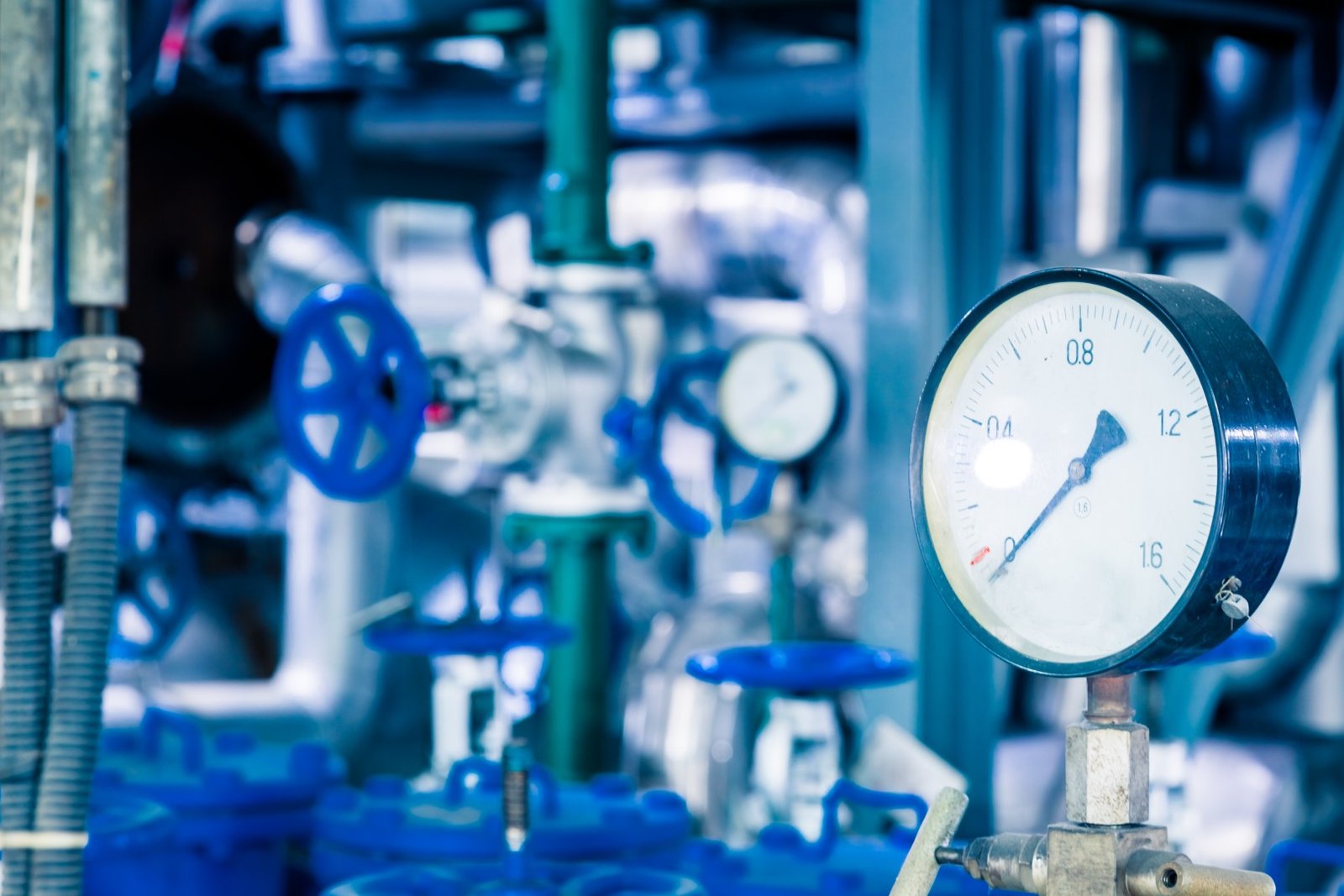High-pressure boilers are critical components in a variety of industrial processes and power generation systems. Unlike traditional low-pressure boilers, high-pressure boilers operate at significantly elevated pressure levels, leading to more efficient steam production and greater energy output. Understanding how high-pressure boilers work, their uses and the benefits they provide is critical for industries looking to improve their operations. In this article, we will look at how high-pressure boilers work and the various applications they can be used for.
What is a High Pressure Boiler?
A high-pressure boiler is a steam-generating equipment that operates at pressures greater than 15 psi (pounds per square inch) and can reach hundreds of psi. These boilers are designed to generate steam at high temperatures, which is then used in a variety of industrial operations or transformed into power. The increased pressure enables the creation of steam, which can be used to drive power plant turbines or supply heat and electricity for manufacturing processes.
How High-Pressure Boilers Work?
The operation of a high-pressure boiler involves several steps:
- Fuel Combustion: The burner burns the fuel, resulting in combustion gases that produce heat. Heat exchangers transport this heat into the boiler’s water.
- Water Heating: As water absorbs heat, its temperature rises until it reaches boiling point. At this stage, steam starts to build in the boiler drum.
- Steam Generation: The created steam gathers in the boiler drum and is separated from the residual water. As additional heat is supplied to the steam, the pressure increases.
- Superheating: Steam goes via superheaters in many high-pressure boiler designs, where it receives additional heating. This superheated steam can reach temperatures of 1,000°F (538°C) or greater, which increases its energy density.
- Energy Transfer: The high-pressure, high-temperature steam is then used in a variety of applications, including driving turbines for electricity generation and delivering heat for industrial processes.
- Condensation: After completing its task, the steam condenses back into water, which is subsequently put back into the boiler for further use. This closed-loop technology optimises efficiency while minimising water waste.
Applications of High-Pressure Boilers
Many businesses use high-pressure boilers because of their effectiveness and capacity to generate steam at high temperatures. Typical uses include the following:
Power Generation
High-pressure boilers are commonly used in power plants to generate electricity. The steam generated powers turbine, which converts thermal energy into mechanical energy, eventually generating electricity. These boilers are critical in both fossil-fuel and nuclear power plants.
Manufacturing Processes
In manufacturing, high-pressure boilers supply steam for many processes, such as:
- Chemical Processing: Chemical reactions, distillation, and extraction all make use of high-pressure steam. It assists in maintaining the necessary temperatures and pressures for efficient production.
- Food Processing: The food sector uses high-pressure boilers for sterilisation, cooking, and drying. Steam is essential for ensuring hygiene and product quality.
- Textile Production: In the textile business, high-pressure steam is used in dyeing and finishing procedures to guarantee that fibres are treated properly.
Refinery Operations
High-pressure boilers at oil refineries supply steam for numerous operations, such as:
- Fractionation: As crude oil is being distilled, high-pressure steam helps separate it into its constituent parts.
- Hydrocracking: Steam is used in hydrocracking operations, which convert heavy hydrocarbons into lighter, more valuable compounds.
Heating Applications
Large business buildings, hospitals, and universities also use high-pressure boilers for heating purposes. In order to deliver steam for industrial processes, hot water, and space heating, they offer centralised heating systems.
District Heating Systems
High-pressure boilers generate steam in district heating systems, then dispersed to many buildings or facilities. By using waste heat, this centralised method lowers energy expenses and boosts efficiency.
Advantages of High-Pressure Boilers
High-pressure boilers have several benefits that make them suitable for a variety of applications:
- Higher Efficiency: Operating with elevated pressures enables high-pressure boilers to produce more steam with less fuel, resulting in increased thermal efficiency.
- Compact Design: Compared to low-pressure systems, high-pressure boilers can generate large volumes of steam in smaller areas, making them appropriate for establishments with limited space.
- Versatility: These boilers may use a variety of fuels, including natural gas, oil, and biomass, allowing for greater fuel flexibility.
- Enhanced Performance: High-pressure steam can be employed in a variety of applications, allowing the industry to increase productivity and efficiency.
- Lower Emissions: Modern high-pressure boilers are made to produce as few emissions as possible, which helps to make operations more ecologically friendly.
Conclusion
High-pressure boilers are significant assets in businesses that require high steam output, efficiency, and longevity. These boilers enable vital applications that boost output and energy efficiency, such as manufacturing and electricity generation. RIBO Industries acknowledges the unique challenges that high-pressure boiler systems provide, and we are dedicated to supplying the best components and expertise to ensure safe and efficient operations. With our vast range of products, industries can trust RIBO Industries to uphold the highest boiler safety and performance requirements

